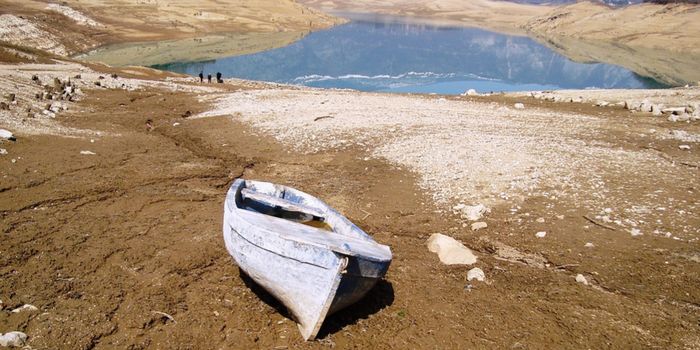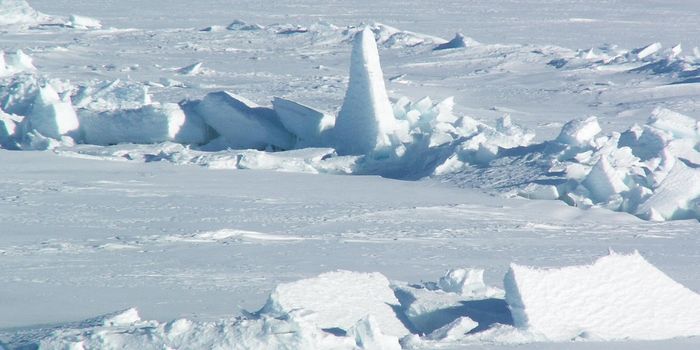Will the Supervolcano in Yellowstone Erupt Soon?
Beneath the beauty of Yellowstone National Park exists a massive volcano that last erupted 70,000 years ago. The media often claims that this supervolcano is due for an eruption, but is that actually true?
The volcano in Yellowstone is often called a “supervolcano.” The Natural History Museum in London defines a supervolcano as a volcano that has the capacity to “produce a magnitude-eight eruption on the Volcanic Explosivity Index, discharging more than 1,000 cubic kilometers [240 cubic miles] of material.” The most powerful volcanic eruption that occurred in recent history was the 1991 eruption of Pinatubo in the Philippines. For comparison, this eruption was rated a six on the Volcanic Explosivity Index, two orders of magnitude – or 100 times smaller – than the benchmark eruption for a supervolcano.
If Yellowstone were to erupt anytime soon, the consequences could be dire. The eruption would have widespread ramifications, reaching the entire globe. Ash from the eruption is the biggest concern for volcanologists; this ash could coat a surrounding region 500 miles (800 kilometers) across with a thickness of more than 4 inches (10 centimeters). This would clog water sources and destroy local agriculture. Along with the ash, gas would also be emitted. If the explosion were large enough, this ash and gas could be flung all the way into the stratosphere, blocking sunlight, and lowering global temperatures by a few degrees for a number of years. In addition, according to the U.S. Department of the Interior, the surrounding states of Montana, Idaho, and Wyoming would be affected by pyroclastic flows – the deadliest volcanic hazards – extremely hot and fast-moving mixtures of solidified lava, volcanic ash, and hot gases.
Michael Poland, a geophysicist in charge at Yellowstone Volcano Observatory, says that the Yellowstone volcano is being actively monitored so that his team could spot warning signs before an eruption would occur. He explains that the Yellowstone volcano will not erupt anytime soon, noting that there must be enough eruptible magma beneath the surface and enough pressure to cause the magma to ascend, neither of which currently exists. According to Poland, Yellowstone is relatively stable right now.
His team keeps track of subterranean activity as warning signs for possible eruptions. They track seismicity – the frequency of earthquakes – and ground deformation. Poland states that thousands of earthquakes over a short period of time (a few weeks) coupled with extreme ground formation (tens of centimeters over the same time period) would be noteworthy. He notes that park-wide changes in geyser activity and thermal and gas emissions would be telling as well. Thus, his team also tracks the temperatures of thermal features; they look at overall thermal emissions from space, collect gas and water to assess their chemistry over time, and track stream and river flow and chemistry.
Research recently published in Science claims that the Yellowstone volcano holds more liquid molten rock – or magma – than previously estimated. Poland explains that this result is not cause for concern, but merely confirms what scientists already knew about Yellowstone. He says that the initial findings found that the magma chamber beneath Yellowstone was only 5-15% molten, whereas the new research claims it is closer to 16-20% molten. The conflicting results used the same data set, but the larger number resulted from the use of more advanced analysis techniques. In conclusion, Poland is reassured by these results and his take-home message is that Yellowstone’s magma chamber is mostly solid, meaning that the likelihood of a consequential and imminent eruption is low.
Source: Live Science








